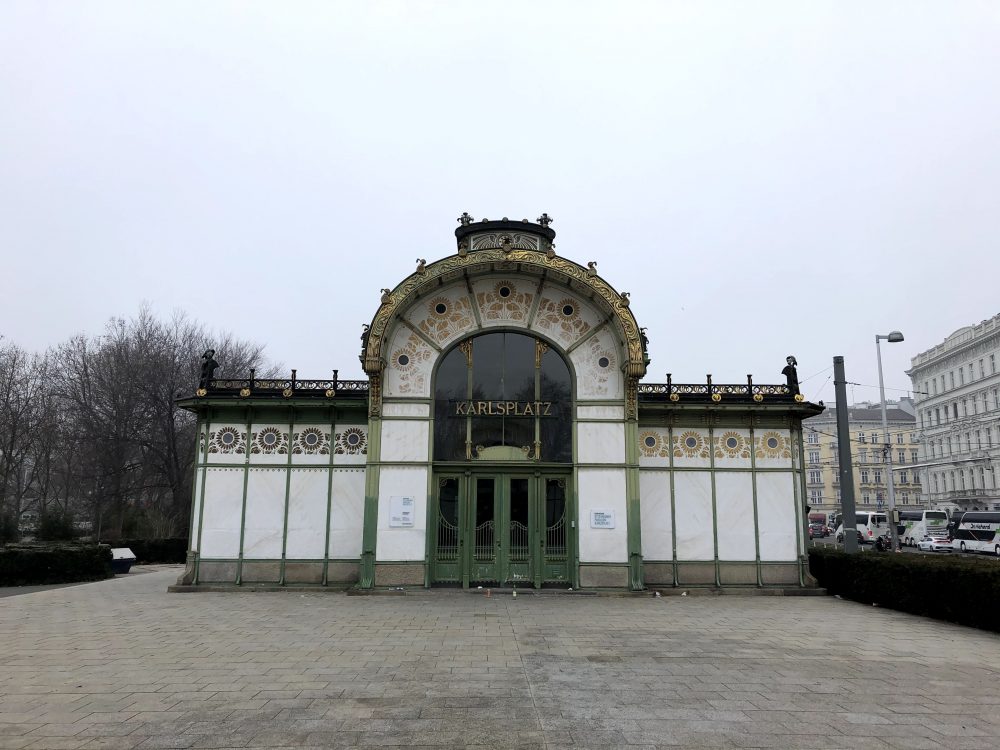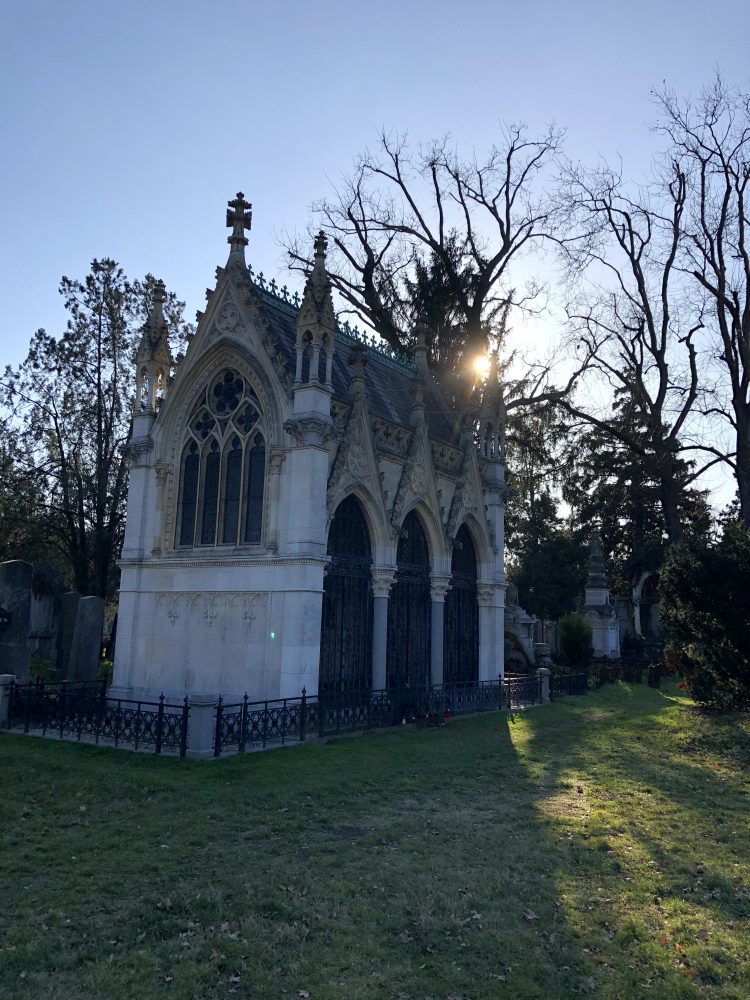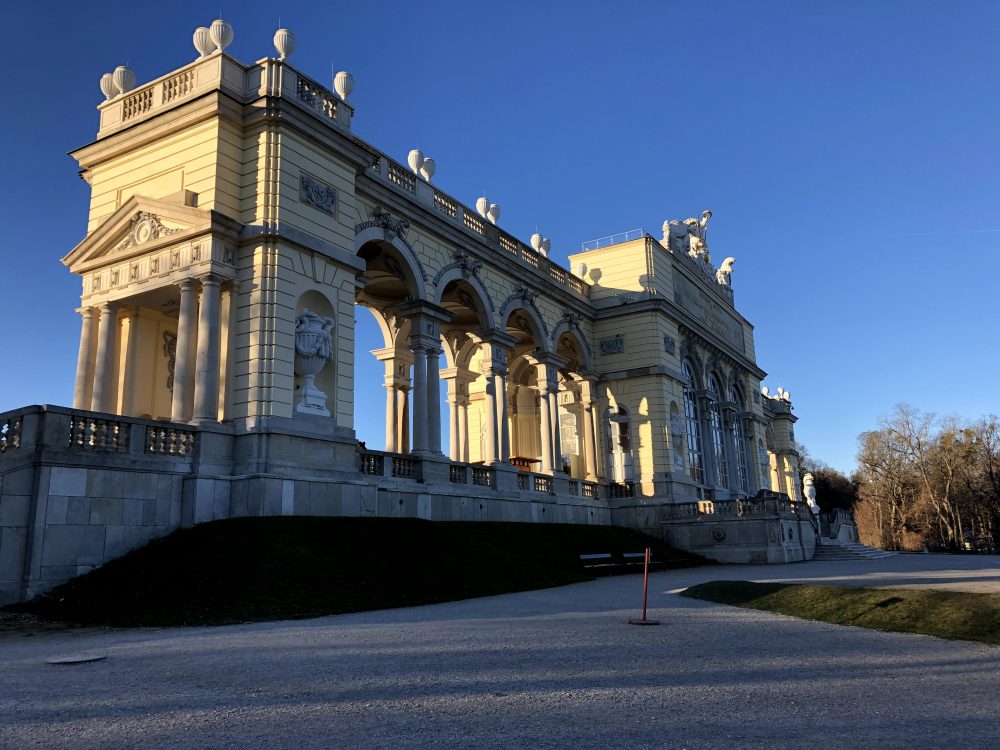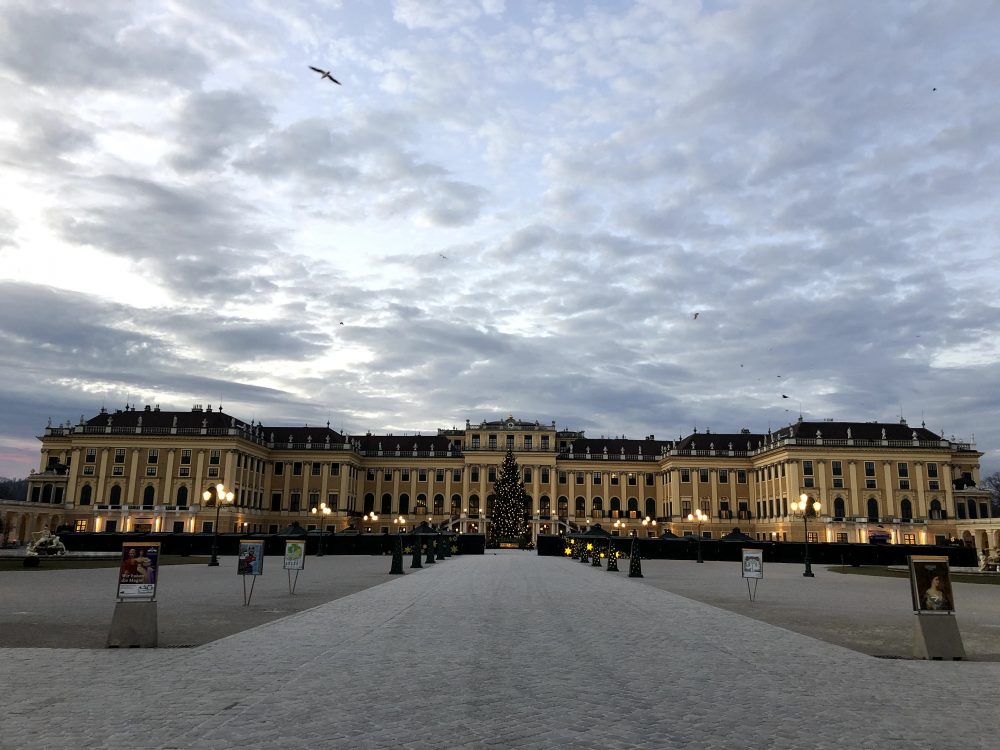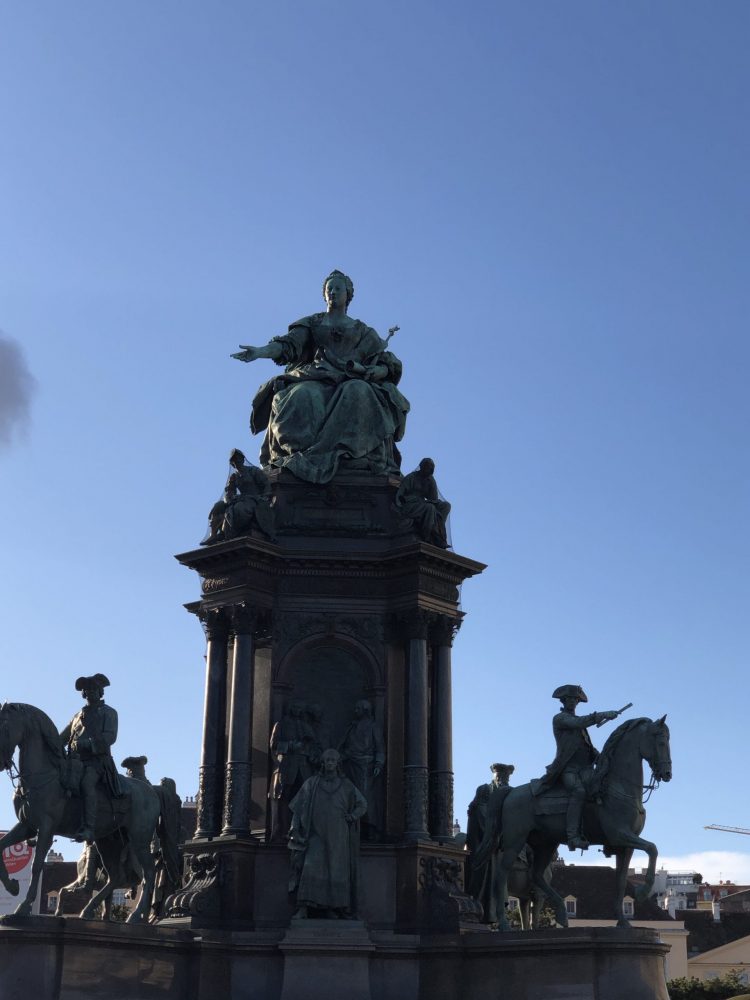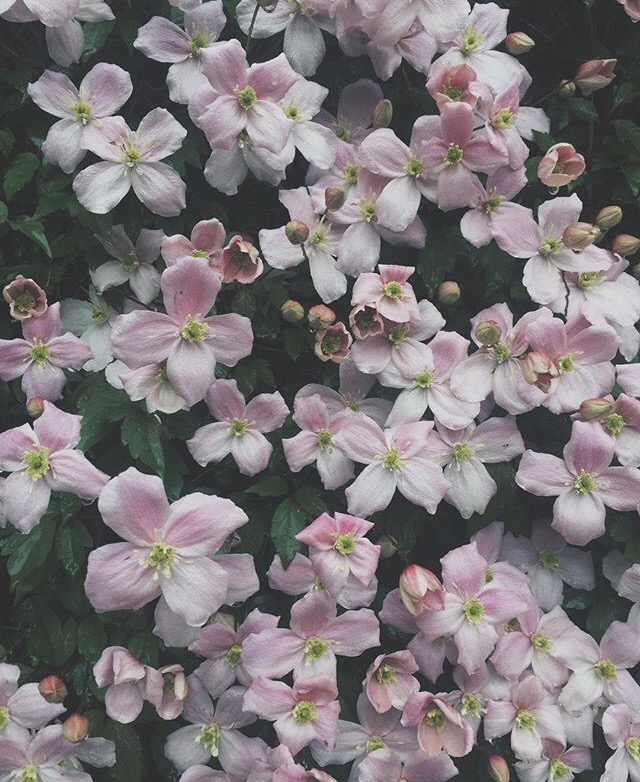
Why I Chose to Detox My Life
Why I Chose to Detox My Life – Background
There are a lot of reasons people chose to go down the road of bucking traditional box store products and lifestyle mainstays, but nearly all of them that I have heard are due to medical reasons. Why I chose to detox my life? Mostly health to be honest. I was gaining allergies more quickly than seemed reasonably probable, I was cold quite often in situations where I hadn’t been in the past, I was anxious all the time and I wasn’t sleeping. What’s an irritated, sleep deprived girl to do? Research all the things, obviously.
Over the last few years I have been working toward re-learning how to solve everyday problems that do not involve conventional methods and have slowly worked my way into a fairly non-toxic home situation. Not completely mind you, I believe ditching certain things before the shelf life is complete is wasteful. I have pretty measured ease-your-way into-and don’t-blow-all-your-money-on-everything-just-yet type of approach. This will end up being a series as there is a lot to talk about here, but before I dive in too deep about why this was important to me. I want to talk a bit about germ theory and terrain theory, what I like to call “over flowing cup theory” and how I wound up where I am now writing all this down of all of you.
Why I Chose to Detox My Life – Germ Theory vs Terrain Theory
The germ theory of disease is the currently accepted theory of illness and disease management in the United States. It states that micro-organisms, pathogens otherwise known as “germs” are the soul reason that people get sick and die, more or less. More because that is what is communicated to the masses, less because the reality behind the theory is a lot more nuanced than that. There are a ton of books out there about this, but if you want a single point of view with a quick history here you go. I would suggest finding more sources if this is something that interested you, nothing says bad research like sticking to one communally contributed source but in the interest of time it is what it is.
Next up we have terrain theory, a theory which in western countries is lovingly called “Germ Theory denialism” doesn’t that just scream the need to look into it more? Many many moons ago two men worked together, Louis Pasteur and Antoine Bauchamp. Dear Mr. Pasteur came up with the idea of germ theory while Mr. Beaucamp was working on terrain theory. Things happened, they got in a tiff, Beauchamp claims Pasteur stole his research, tweaked it, got himself some patents and threw Beauchamp to the curb. Pasteur claimed otherwise. It is extremely hard to find a lot of information on terrain theory because of the reputation it has been given. But the theory in a nutshell is that ones terrain dictates whether or not illness exists. The example most often given in alternative medicine is that you have a dirty gross fish tank and a sick fish in it, do you give the fish medicine or do you clean it’s tank first. Those against terrain theory would argue that Beaucamp’s ideas were so out there that he was claiming that people only got sick because there was dis-harmony in bodies which were creating the disease itself. Sounds pretty out there, but assume for a second as I often do that there is truth in everything and said truth may just be lacking further context, research or additional information. Doesn’t it make sense that one should clean ones personal environment before applying medications. Couldn’t it be just a tiny bit possible that the things you expose yourself to, the products and cleaners you use, fabrics you wear and foods that you consume might have something to do with your body’s ability to function? You don’t put diesel in your Honda do you?
In my opinion (and take this for a gain of salt as I am not a doctor) that the truth like in all things lies in the middle. Pretend you were living in a house full of toxins, surrounded by chemicals, allergies and mold which are constantly taxing your immune system. You are fueling with junk food which has little to no nutritional value to your immune system which is already working so hard doesn’t have actually have what it needs to support the very machine that is fighting off all the toxins. And then suddenly you come in contact with the common cold or flu. Versus you have an immune system that is functioning properly and fully fueled and you come in contact with the common cold or flu. It is possible or even probable that the state of your immune system (terrain) could have some effect on your body’s ability to fight off the pathogens (germ theory). And thus my “overflowing cup theory”.
Again I am not a scientist or a doctor, but I do read a lot and I do know a lot of extremely smart people. I know this year many scientist have told the media the people should not be doing their own medical research because it is dangerous to their health. But quite frankly the more one looks into the history of our medical system the less one is inclined to believe it. And while I would still put my trust in an expert if I broke my leg or came down with yellow fever, I do believe there is a lot that we can to help ourselves from very preventable diseases. And it turns out, and should come as no shock to any of you that have been around here for a while, I don’t like being told what to do without a reasonable and logical answer. Being told not to research because its “dangerous” no thank you. Being told to listen to a doctor “because he/she has a medical degree” without a suitable explanation, not good enough. Information being smeared publicly at best or censored at worst, only makes me more curious.
I still have the freedom of choice (so do you), and a very curious mind. When I wasn’t getting thorough answers and care with my conventional doctor, I sought out a licensed and practicing medical professional (germ theory) who takes terrain theory very seriously. Turns out I am not entirely wrong. If you are curious about any of this, suffering some mysterious ailment that conventional doctor cannot figure out, or if you are just sick and tired of being told what to do without full answers and want to take your health back I highly suggest looking up a functional medicine doctor. These are individuals who were trained in conventional medicine who then sought to better understand how to treat the body as a whole to remove disease rather than simply treating/masking symptoms.
If you think I am a wack-a-doodle that’s fine and that is your choice. Like I said I am not a medical professional, and I have a distinct lack of sited sources here because years of research rolled into a single blog post is just not going to happen. If that is bothersome I am terribly sorry but I am under no obligation to serve up said years of research. I am simply expressing my opinions from years or frustration and research in hopes of maybe sparking a single person to take back their health. If that person is you, hi, hello. I am so glad you are here. Next week I am going to start the first of many posts about what kinds of things are in common kitchen products that could be a contributing factor of the slow deterioration of ones immune system, which is just step one of why I chose to detox my life.
